Which Forms When a Larger Volcano Collapses in on Itself
A _____ volcano is tall cone-shaped and made up of alternating layers of lava and ash. Pillow basalts form when mafic lava erupts underwater.

Why Does Iceland S Fagradalsfjall Volcano Look Like A School Science Project Atlas Obscura
A _____ is a volcanic depression much larger than the original crater formed when the volcano collapses into a vacated magma chamber.
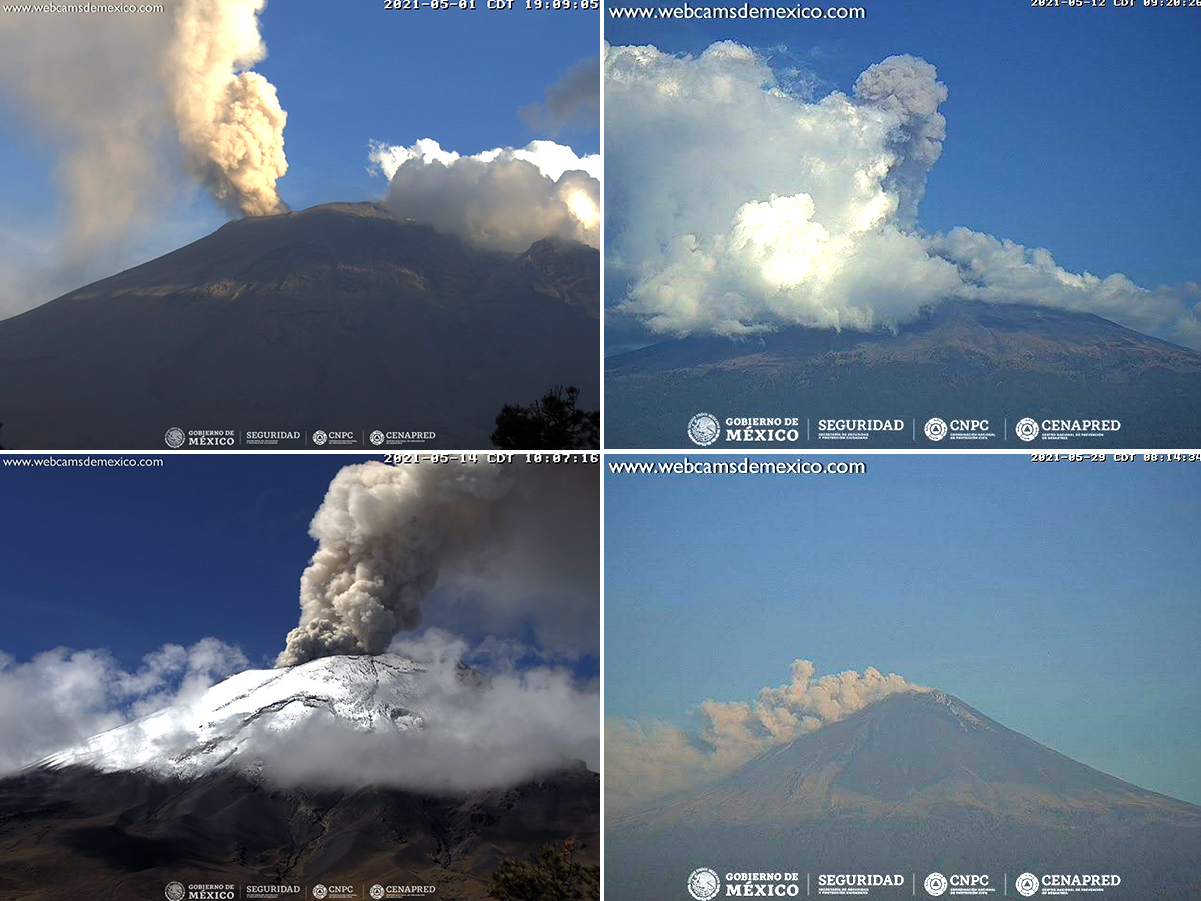
. A caldera is a large depression formed when a volcano erupts and collapses. Circular-shaped geographic features formed from a massive eruption of an ancient volcano and the subsequent collapse of the volcano back into the ground. A huge crater-like depression formed when a volcano explodes or collapses into an emptied magma chamber.
When the magma chamber empties the support that the magma had provided inside the chamber disappears. The explosive eruptions that form ash flow tuffs usually create a caldera as the volcano collapses on itself after venting tephra across the landscape. Cinder cone A smaller volcano that grows rapidly but only erupts over a short period of the time.
Cinder cones are composed of small rock fragments piled on top of one another. Cinder cones are the smallest volcanoes and result from accumulation of many small fragments of ejected material. A caldera collapse is usually triggered by the emptying of the.
Slab that forms when magma forces itself across rock layers 14. The yellow rock that gives Yellowstone National Park its name is an ash flow tuff. A large usually circular depression at the summit of a volcano formed when magma is erupted from a shallow underground magma reservoir.
The Crater was formed when a large volcano erupted then collapsed into itself. Your answer would be as said above. A caldera is a volcanic feature formed by the collapse of a volcano into itself making it a large special form of volcanic crater.
An explosive eruption may create a caldera a. As a result the sides and top of the volcano collapse. A caldera is a volcanic feature formed by the collapse of a volcano into itself making it a large special form of volcanic crater.
By definition a caldera is a depression in the earth formed when a volcano erupts and then collapses on itself. Gently sloping mountain formed by thin layers of lava that pour out of a vent and harden on top of previous layers. Noun a large volcanic crater especially one formed by major eruption leading to the collapse of the mouth of the volcano.
Made of layers of tephra and lava. Forms in the upper mantle. The reservoir that is left following such a collapse is the caldera.
Shield volcanoes form very large gently sloped mounds from effusive eruptions. A material found in magma that forms from the elements oxygen and silicon. Crater volcanic crater a bowl-shaped geological formation at the top of.
Depression that forms when the top or side of a volcano collapses into the magma chamber. Lava eruption connected to the caldera collapse. 3 on a question Which forms when a larger volcano collapses in on itself.
Unlikely to erupt again 12. Large hole formed when a volcanos magma chamber empties and collapses 11. Caldera Volcanic domes are steep-sided spine-shaped masses of volcanic rock formed from _______ magma.
When a volcano collapses. 1 n a large crater caused by the violent explosion of a volcano that collapses into a depression Type of. Forms as tephra ejected high into the air fall back to Earth and pile around the vent.
Largest of the volcanoes. JoschenbacherCC BY-SA 40 There are only so many times in a persons lifetime that a volcano collapses into itself creating a giant. Mass of rock formed when magma cooled inside the crust 13.
If enough magma is erupted the emptied chamber will not be able to support the weight of the volcanic edifice the mountain above. A Bowl shaped area that may form at the top of a volcano. It dates back as far as three million years based on most estimates.
A caldera is a large depression in the ground that forms during the most violent volcanic eruptions when a volcano collapses in on itself. The Ngorongoro Crater is the worlds largest intact and unfilled volcanic caldera a caldera is the hollow space that forms after large amounts of magma are erupted from a volcano. The mixture of hot gases ash cinders and bombs that flow down the sides of a volcano when it erupts explosively.
During a volcanic eruption magma present in the magma chamber underneath the volcano is expelled often forcefully.

Krakatoa Eruption Causes Impact History

Volcano Awareness Month 2021 Program U S Geological Survey

Can Earthquakes Trigger Volcano Eruptions Get The Facts

What It S Like To Watch A Volcano Collapse In Front Of You Atlas Obscura
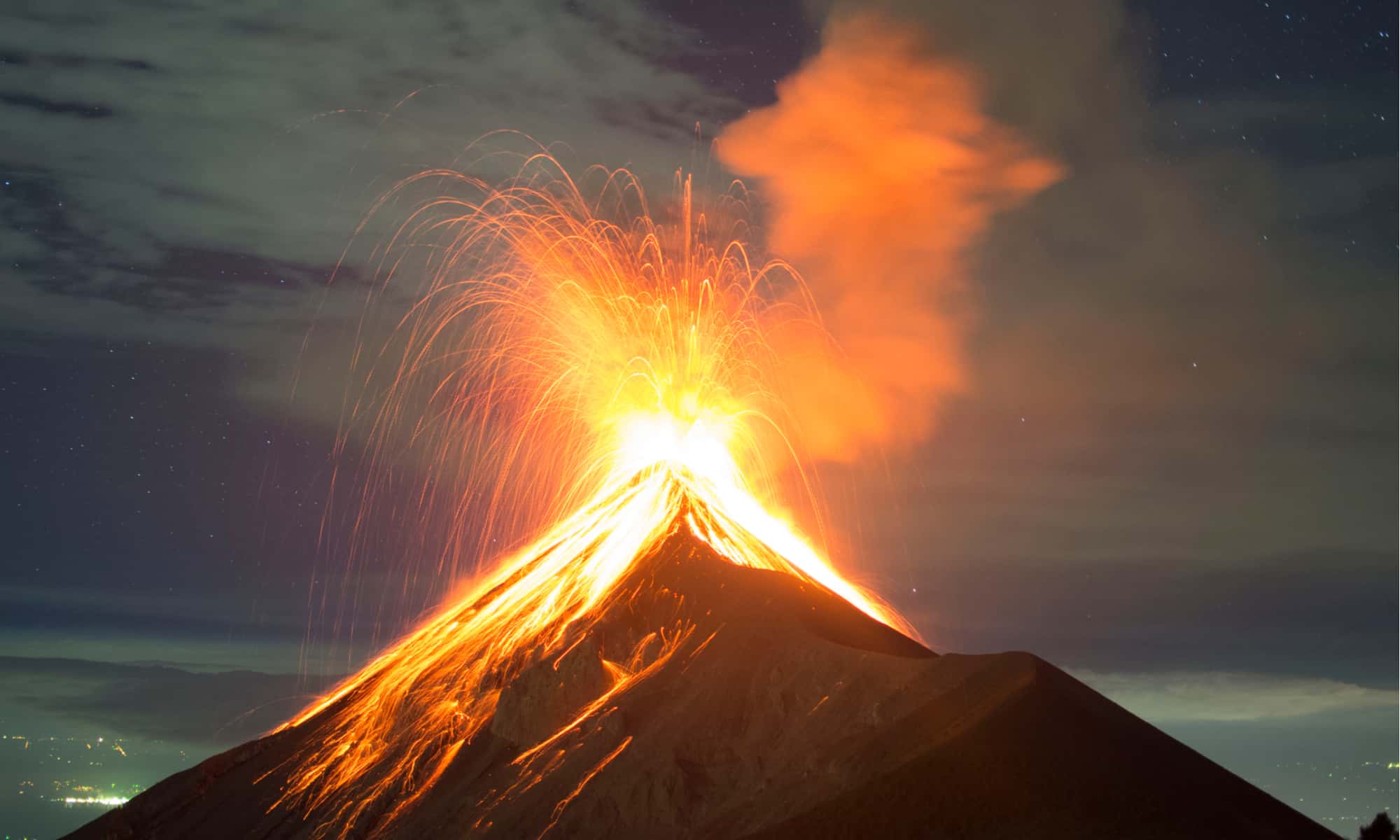
5 Types Of Volcanoes Az Animals
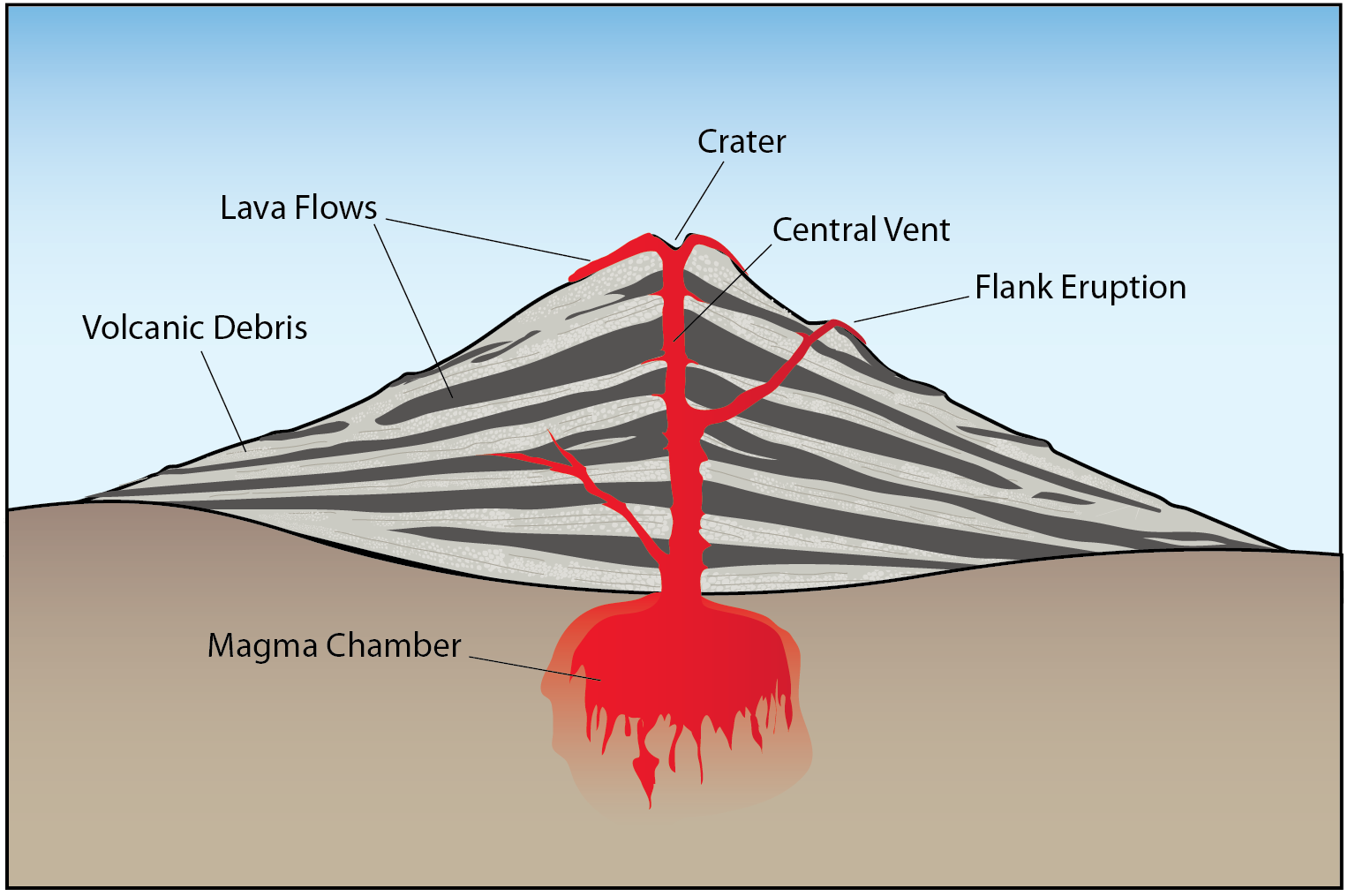
11 1 What Is A Volcano Physical Geology First University Of Saskatchewan Edition

Krakatoa Eruption Causes Impact History

Why Does Iceland S Fagradalsfjall Volcano Look Like A School Science Project Atlas Obscura

The Massive Volcano That Scientists Can T Find Volcano Year Without A Summer Scientist
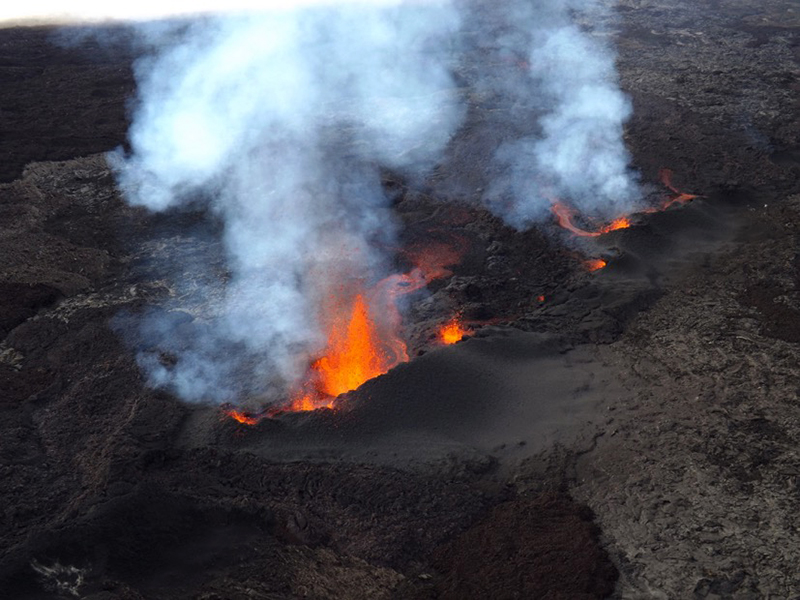
Global Volcanism Program Piton De La Fournaise

Hydrovolcanism When Magma And Water Mix Wired
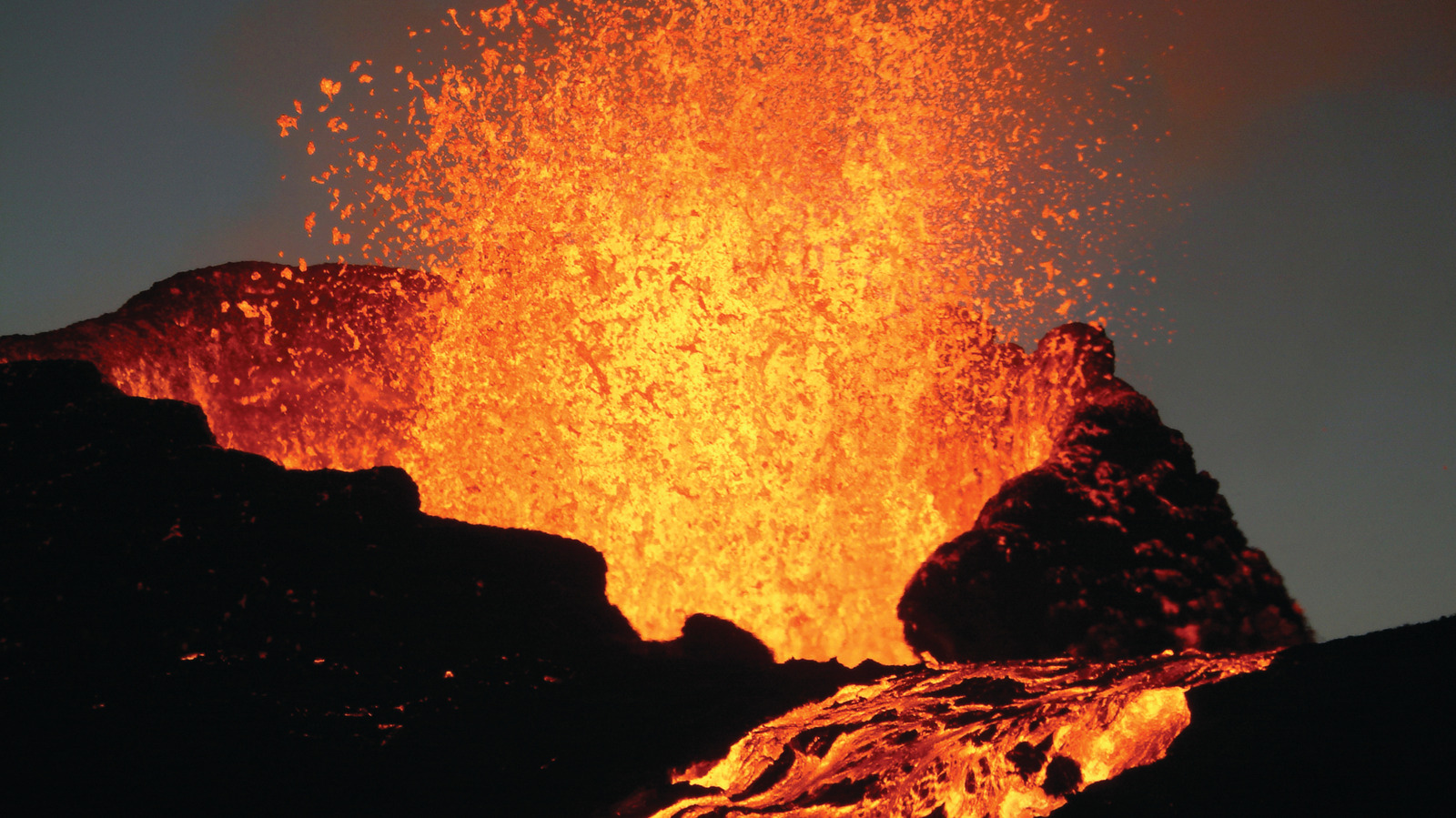
The Largest Volcanic Eruption In History Explained

Global Volcanism Program Popocatepetl
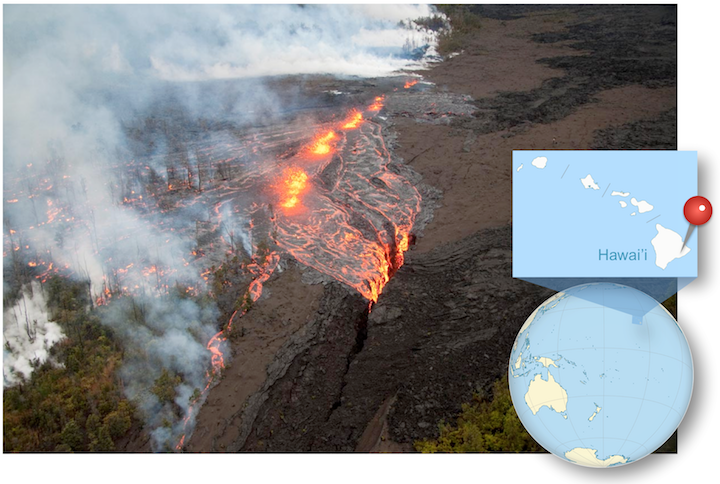
11 1 What Is A Volcano Physical Geology First University Of Saskatchewan Edition

Collapsing Volcanoes Erupt Longer And Stronger

Global Volcanism Program Popocatepetl
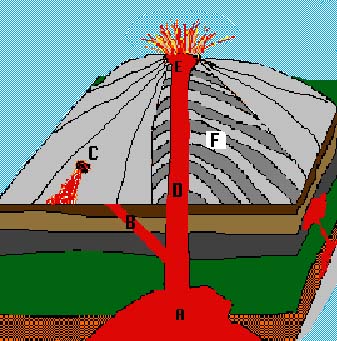
Volcanic Terms Lesson 6 Volcano World Oregon State University

What It S Like To Watch A Volcano Collapse In Front Of You Atlas Obscura

Comments
Post a Comment